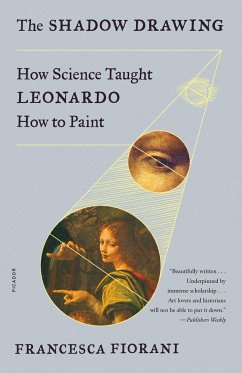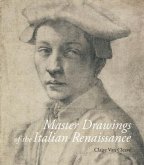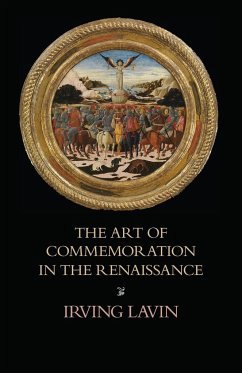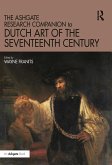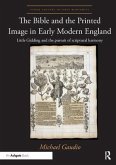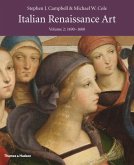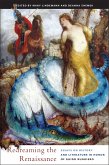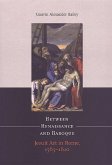"[The Shadow Drawing] reorients our perspective, distills a life and brings it into focus-the very work of revision and refining that its subject loved best." -Parul Sehgal, The New York Times (Editors' Choice) An entirely new account of Leonardo the artist and Leonardo the scientist, and why they were one and the same man. Leonardo da Vinci has long been celebrated as the epitome of genius. He was the masterful painter who gave us the Mona Lisa and the Last Supper, and the visionary inventor who anticipated airplanes, hot-air balloons, and other technological marvels. But what was the connection between Leonardo the painter and Leonardo the scientist? And what can a mysterious, long-lost book teach us about how Leonardo truly conceived his art? Shortly after Leonardo's death, his peers and rivals created the myth of the two Leonardos: there was Leonardo the artist and then, later in life, Leonardo the scientist. In this pathbreaking biographical interpretation, the art historian Francesca Fiorani tells a very different and much more interesting story. Taking a fresh look at Leonardo's celebrated but challenging notebooks as well as other, often obscure sources, Fiorani shows that Leonardo became fluent in science when he was still a young man. As an apprentice in a Florence studio, he was especially interested in the science of optics, which tells us how we see what we see. For the rest of his life he remained, according to a close observer, obsessed with optics, believing that his art would grow only as his knowledge of light and shadow deepened. Given Leonardo's scientific bent, one might think this meant that he wanted to turn himself into a human camera. In fact, he aspired to use science to capture-as no artist before him had ever done-the interior lives of his subjects, to paint the human soul in its smallest, tenderest motions and vicissitudes. And then he hoped to take one further step: to gather his scientific knowledge together in a book that would be even more important than his paintings. His Treatise on Painting would be disfigured, ignored, and lost in subsequent centuries; now, Fiorani traces this singular work's byzantine path through history and reconstructs the wisdom Leonardo hoped it would impart. Ranging from the teeming streets of Florence to the most delicate brushstrokes on the surface of the Mona Lisa, The Shadow Drawing vividly reconstructs Leonardo's life while teaching us to look anew at his greatest paintings. The result is both a stirring biography and a bold reconsideration of how the Renaissance understood science and art-and of what was lost when the two were sundered.

